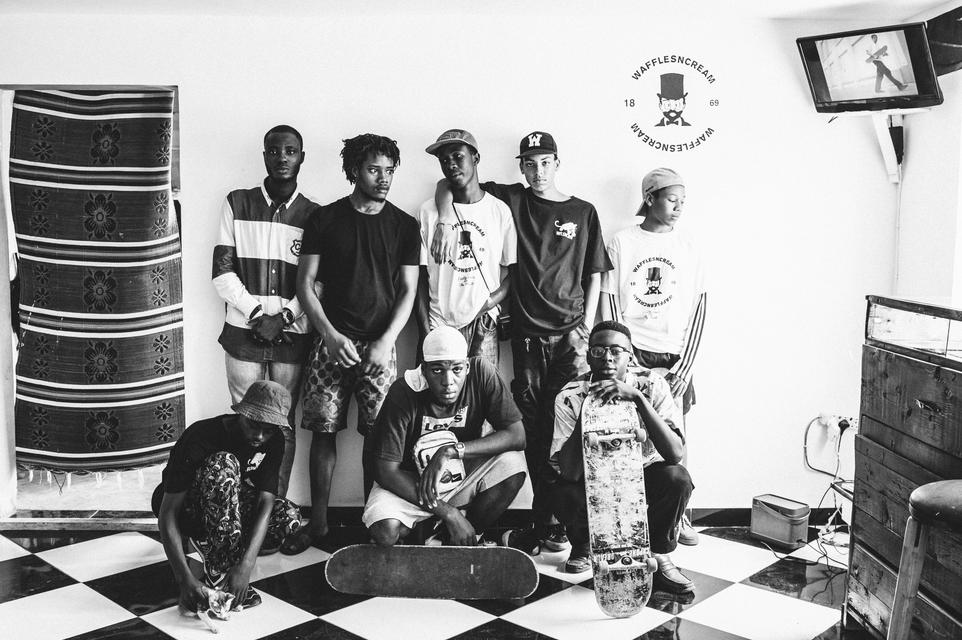There is a thin line between fashion and style. Fashion is about the new and trendy— whatever is considered hot at a particular moment. Whereas style tends to be more personal, unique and intentional, what sociologist Michael Brake dissects into three elements; image, demeanour and ‘argot’. Image is a general representation of the person wearing the clothes, demeanour alludes to the general attitude embodied when certain items are worn and ‘argot’ is the French concept of slang and secret language encoded in the items of clothing. In his book; The Sociology of Youth Culture and Youth Subcultures: Sex and Drugs and Rock ‘n’ Roll?, Brake further goes on to explore how subcultures are formed as a defence against collectively experienced problems that arise from contradictions on social structures. When the youth is feeling alienated from the mainstream, they effectively create their own spaces. In this sense, clothes take on a new meaning—moving from being what we simply put on our bodies to keep warm and taking on the role of armour, providing emotional and social defences. This is how PUNK and Street Culture as movements essentially came about.
Many young brands in West Africa have taken on the long and old tradition of viewing clothing as subversion. A form of subversion where our bodies are in conversation with each other and in conversation with the world while undermining established forms in various aspects of modern life. This is seen through the emergence of brands such as Lagosian streetwear slash skate team Motherlan, skate team WafflesNCream and Ghanaian Free The Youth which all merge street culture, skate culture and youth culture. Free the Youth is a collective of creatives determined to empower all African youth to penetrate art and design scenes around the world. With a mission to inspire the creative youth on the continent. These types of collectives and brands adopt lofi aesthetics — an aesthetic that captures imperfections while rejecting the expensive and exclusive – embracing what is made cheaply, in a manner that is accessible. “Growing up, I wasn’t able to afford the things I wanted. I don’t come from a wealthy background,” says Jonathan Coffie, one of the founders of Free The Youth in an interview with Vogue. Affordability loses its power as a tool to exclude and mark difference.
This is precisely what the Situationists (an international organization of social revolutionaries made up of avant-garde artists, intellectuals and political theorists) were attempting to do in the 1950s, when they declared that artists and thinkers were morally obligated to break down the divides between art and life. Skate culture becomes a form of expression but also a normal way of relating, becoming and being.




















































